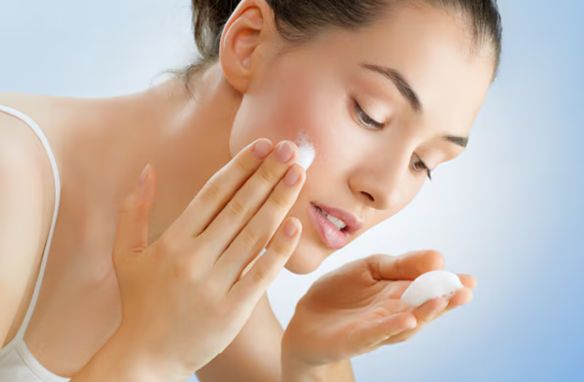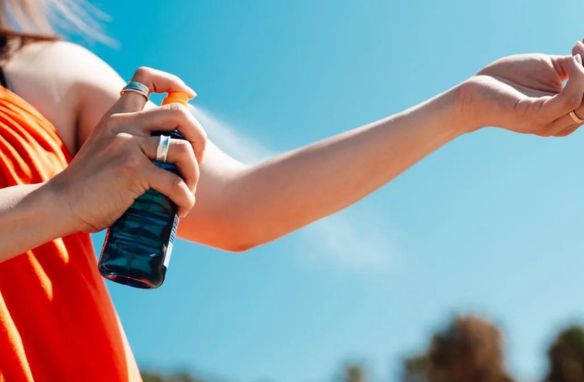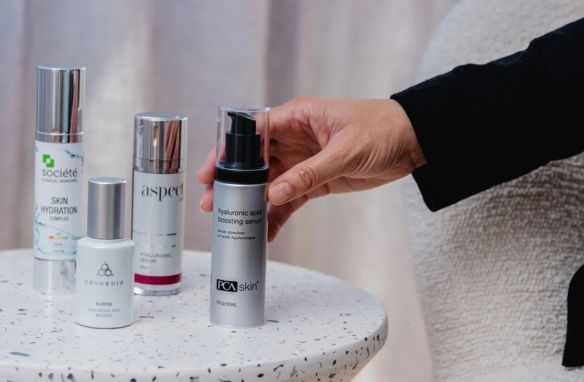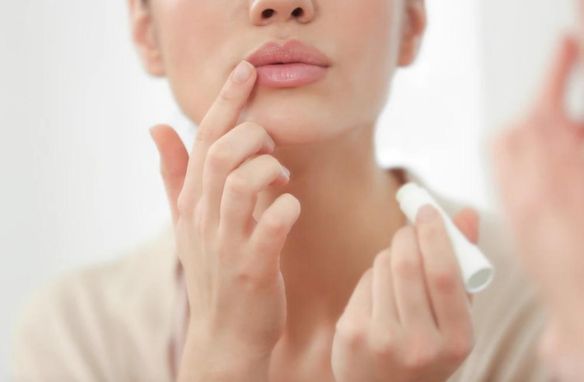- Introduction
- Briefly introduce how the changing seasons affect your skin.
- Importance of adjusting skincare to address different environmental factors (humidity, cold winds, etc.).
- The goal: to provide essential tips for adapting your skincare routine for colder months.
Why Your Skin Needs Different Care in Winter

- How cold weather, low humidity, and indoor heating can dry out skin.
- Common winter skin issues: dryness, irritation, flakiness, and redness.
- Importance of maintaining hydration and protection to keep skin healthy.
Tip 1: Switch to a Hydrating Cleanser

- Why gentle, non-foaming cleansers are better in winter.
- How harsh cleansers strip natural oils, making skin more vulnerable to dryness.
- Recommended ingredients: glycerin, hyaluronic acid, and ceramides.
Tip 2: Incorporate a Richer Moisturizer

- How lightweight moisturizers may not be enough for winter.
- The benefits of switching to a thicker, oil-based moisturizer for added protection.
- Recommended ingredients: shea butter, squalane, and ceramides.
Tip 3: Don’t Skip SPF

- Importance of using sunscreen even in winter (UV rays still penetrate through clouds).
- How snow and ice can reflect UV rays, increasing sun exposure.
- Best practice: choose a broad-spectrum SPF 30 or higher, even for colder months.
Tip 4: Add a Hydrating Serum or Facial Oil

- The role of serums and facial oils in locking in moisture during winter.
- Best hydrating ingredients: hyaluronic acid, vitamin E, and argan oil.
How to layer serums under moisturizer for maximum hydration.
Tip 5: Exfoliate, But Gently

- Why exfoliation is still important to remove dead skin cells in winter.
- Recommendation for using gentler exfoliants (like lactic acid) to avoid irritation.
- How over-exfoliating can worsen dryness and damage the skin barrier.
Tip 6: Invest in a Humidifier for Added Hydration

o How indoor heating can strip moisture from your skin.
o The benefits of using a humidifier to add moisture back into the air, especially at night.
o How this can help reduce dry patches and flakiness.
Tip 7: Protect Your Lips and Hands

- How lips and hands are more prone to chapping and dryness in cold weather.
- Recommended products: lip balms with lanolin or beeswax, hand creams with glycerin or shea butter.
- Tips for reapplying regularly throughout the day.
Tip 8: Adjust Your Nighttime Routine

- Why your skin regenerates more overnight, making nighttime hydration crucial.
- Recommended steps: use a heavier night cream or overnight mask.
- Benefits of ingredients like peptides and retinoids to repair winter damage.
Bonus Tip: Drink Plenty of Water to Stay Hydrated from Within

- Importance of internal hydration, especially in dry winter months.
- How drinking water supports overall skin health and prevents dryness from the inside out.
- Conclusion
- Recap of the key adjustments to make in your skincare routine for winter.
- Encouragement to take care of your skin consistently to avoid winter damage.
- Final note: transitioning skincare is about maintaining a balance of hydration and protection.


